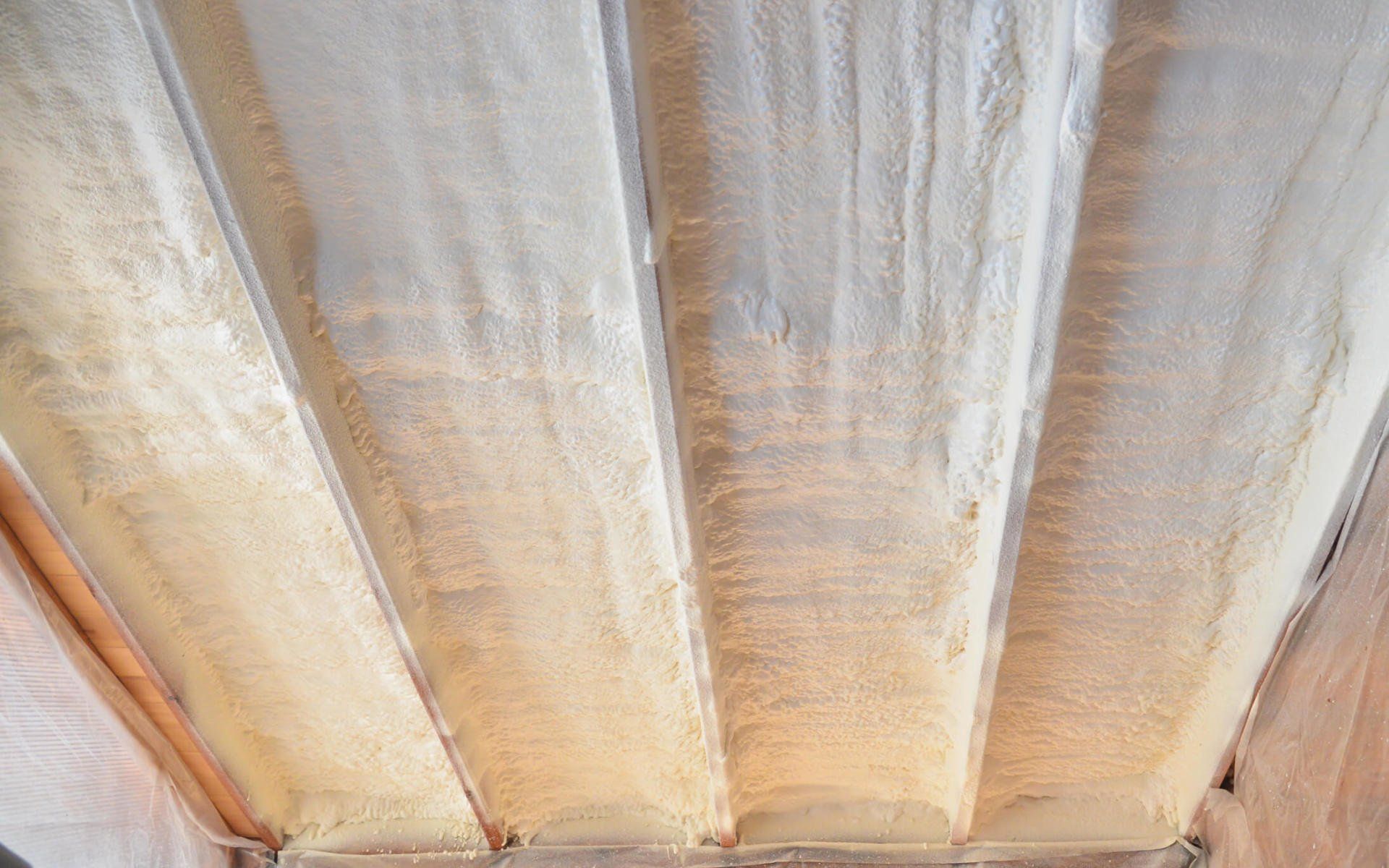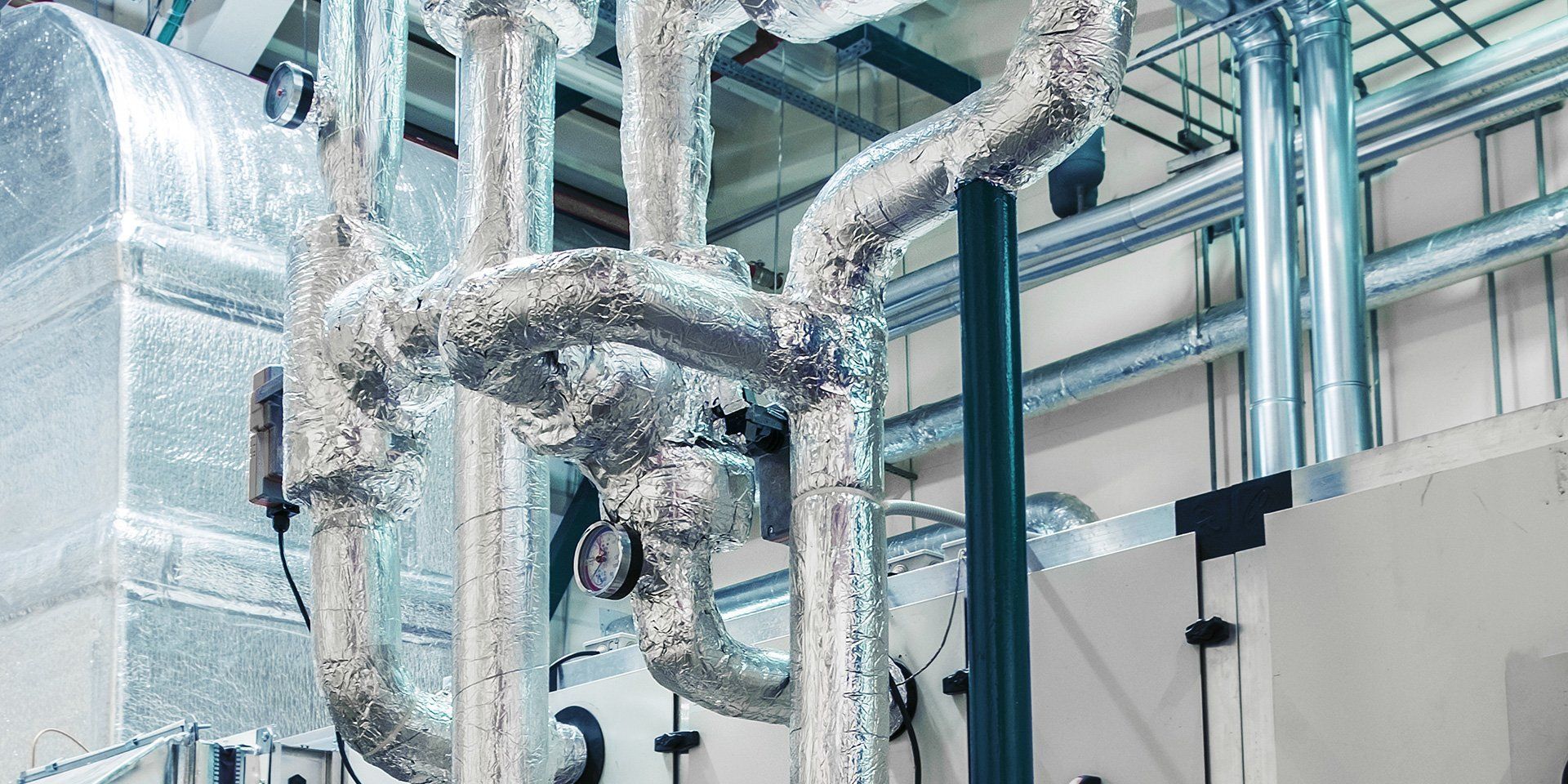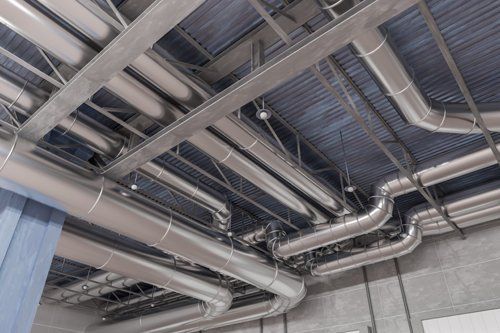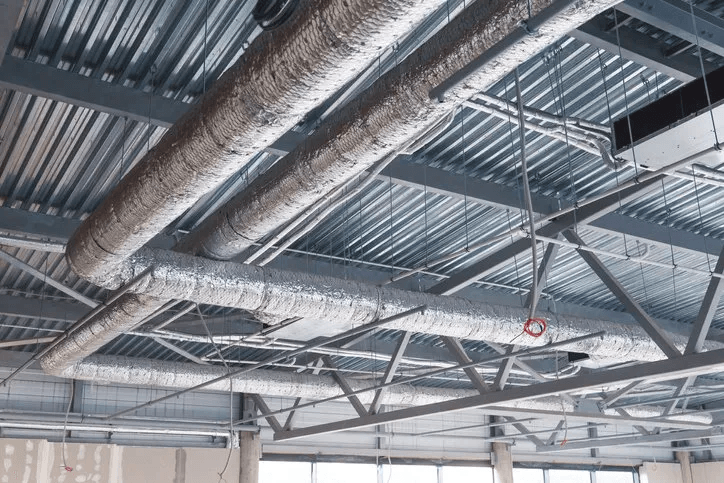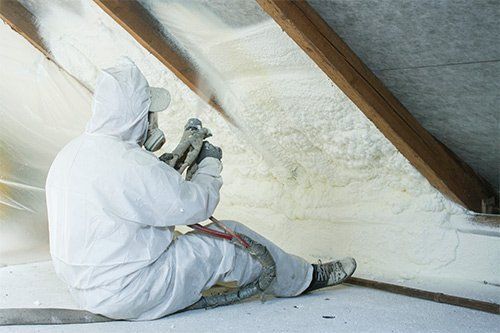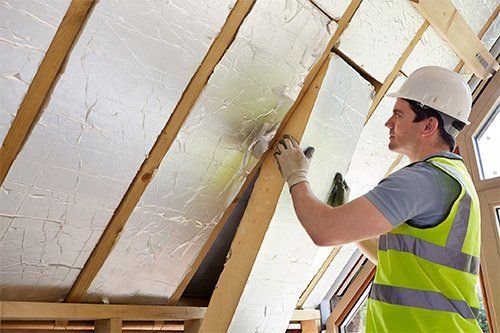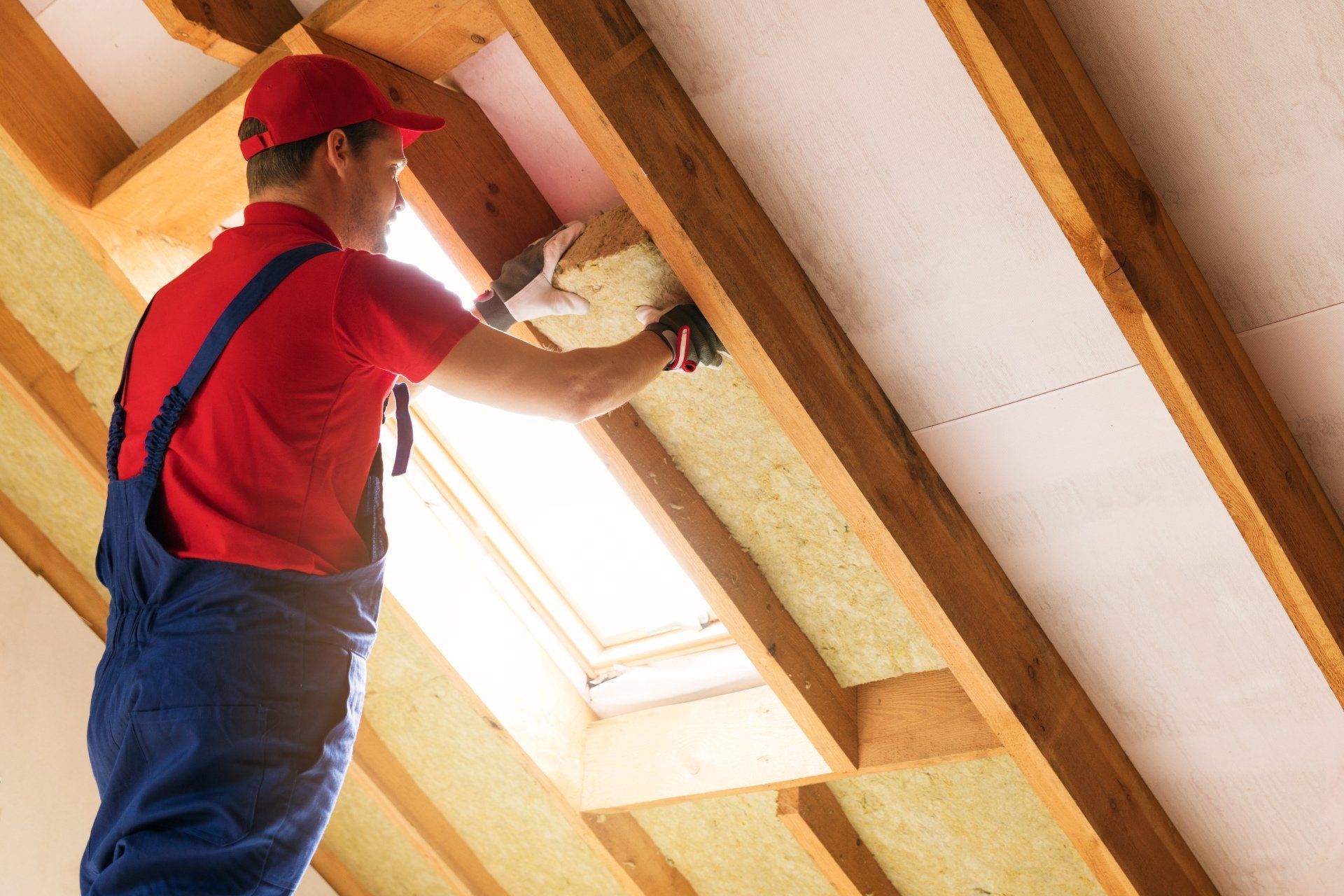4 Things That Set Process Piping Insulation Apart
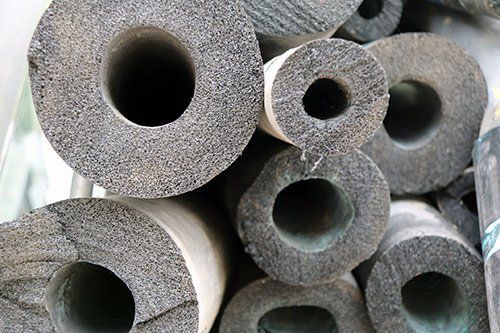
1.Hot and Cold Surfaces
Process piping in particular is likely to include clustered or parallel arrangements of both hot and cold pipes. When these temperature differences contact each other, condensation forms to rust and corrode both sets of piping. Insulation is the best way to protect both the hot and cold piping from exchanging heat and affecting the efficiency of the system.
The right insulation also cuts your total energy costs spent on chilling cold materials and warming hot liquids. By reducing heat loss or gain as materials travel through the process piping, you'll save money and quickly earn back whatever you spend to insulate your process piping.
New paragraph
2.Corrosion and Condensation Prevention
Process piping also tends to create more condensation that other types of pipes because they're often located in a room with a stark temperature difference to the pipe or a steady source of steam. Since you don't want dripping water to contaminate what you're working on below the piping, insulation that prevents condensation in the first place is the best idea.
The often-corrosive contents carried in process piping also increase the likelihood of corrosion damage from the inside out. The right kind of pipe insulation can trap leaks so they're noticeable before they can drip on the equipment and materials below the piping. Anti-corrosion insulation materials also prevent outer corrosion from shortening the lifespan of the piping.
3.Proximity to Employees
Insulation on process piping is often designed for the safety of the employees rather than just for energy savings, as you might find with heating or plumbing insulation. Since many pipes used for active processing and manufacturing are extremely hot or operating under very high pressure, an employee that brushes against a ground-level process pipe could suffer a serious burn or set off a dangerous reaction.
Process pipes also tend to run extensively through a facility at many different heights, making it somewhat difficult to avoid them in busy environments. Heat-proof and protective insulation materials protect both your employees and the process piping you rely on.
4.Ease of Repair
Finally, process piping tends to come with very specific maintenance and inspection intervals. Unlike basic plumbing, process piping is also often disassembled regularly for corrosion inspection or cleaning. This means that the insulation you choose for most process piping should be easy to remove and replace rather than a spray-on or wrap product that must be cut away and completely replaced.
Of course, your choice depends entirely on your specific maintenance requirements for the piping in your facility. If you rarely need to disassemble or replace specific sections and fittings, you'll likely want a more permanent insulation product. Just make sure any long-lasting insulation products are capable of being cleaned so dust accumulation on the exterior doesn't create a sanitation or fire hazard.
Improve your process piping with insulation customized to your specific needs and plans. Call us today here at Guy M. Beaty Co., Inc. for help with all of your facility's insulation needs, including full process piping insulation services.

